Curb Appeal 101: Transform Your Multi-Family Property with Exterior Painting
Curb appeal is not just about aesthetics; it’s about creating a connection between the property and the residents. It is critical in guiding prospective renters towards their ideal living spaces. In this guide, we’ll take a closer look at curb appeal and how exterior painting can make a significant difference in a property’s appearance. We’ll go beyond the surface-level benefits and explore how a well-done painting job can increase property value, attractiveness, and durability, particularly for multi-family properties.
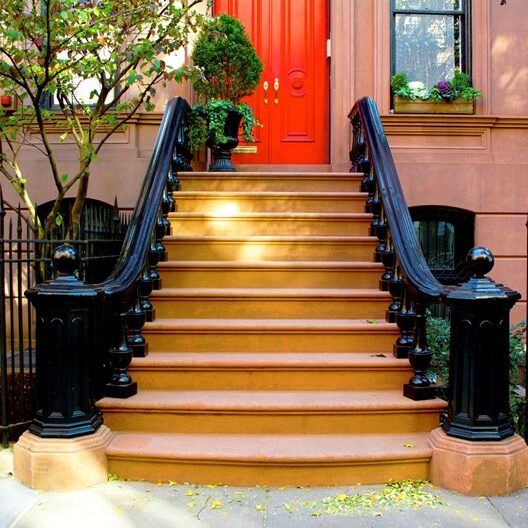
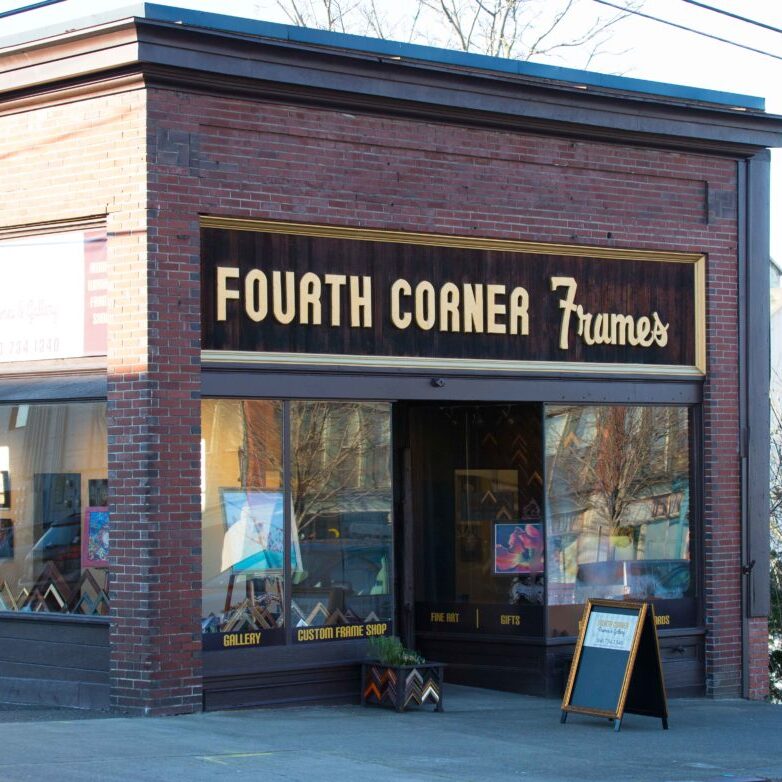
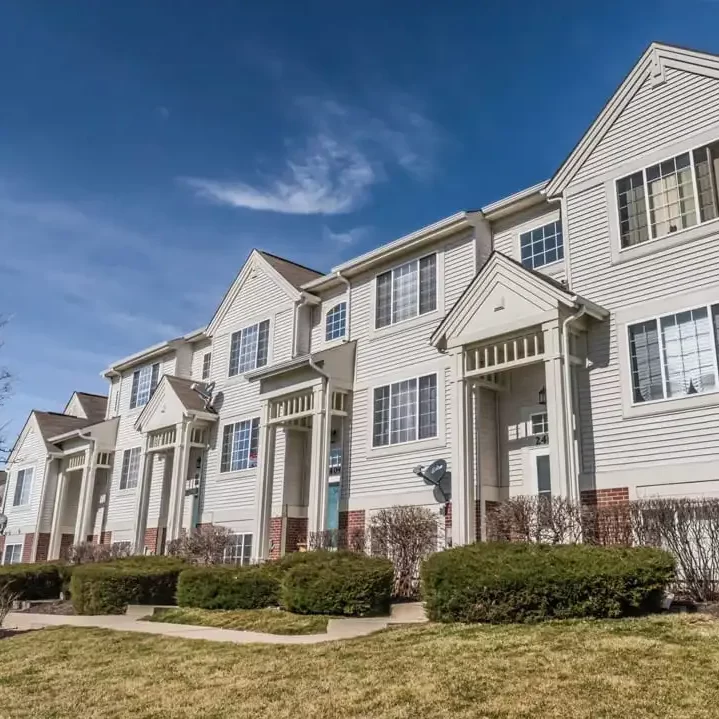
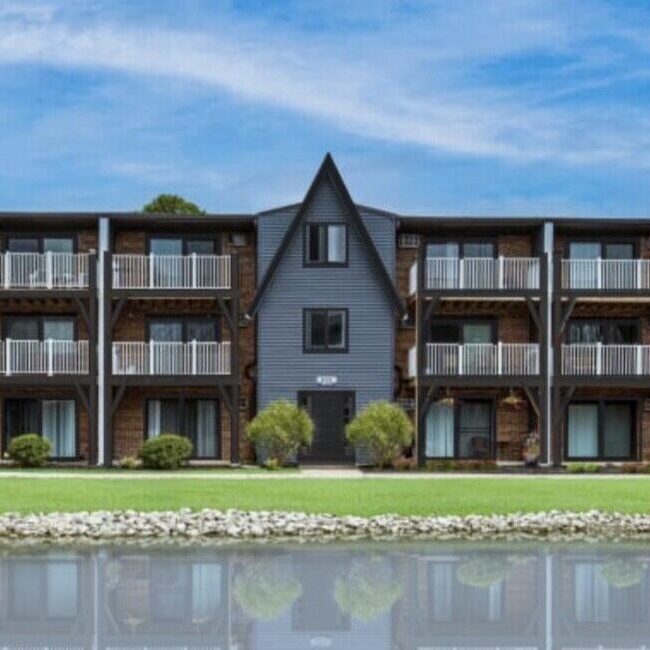
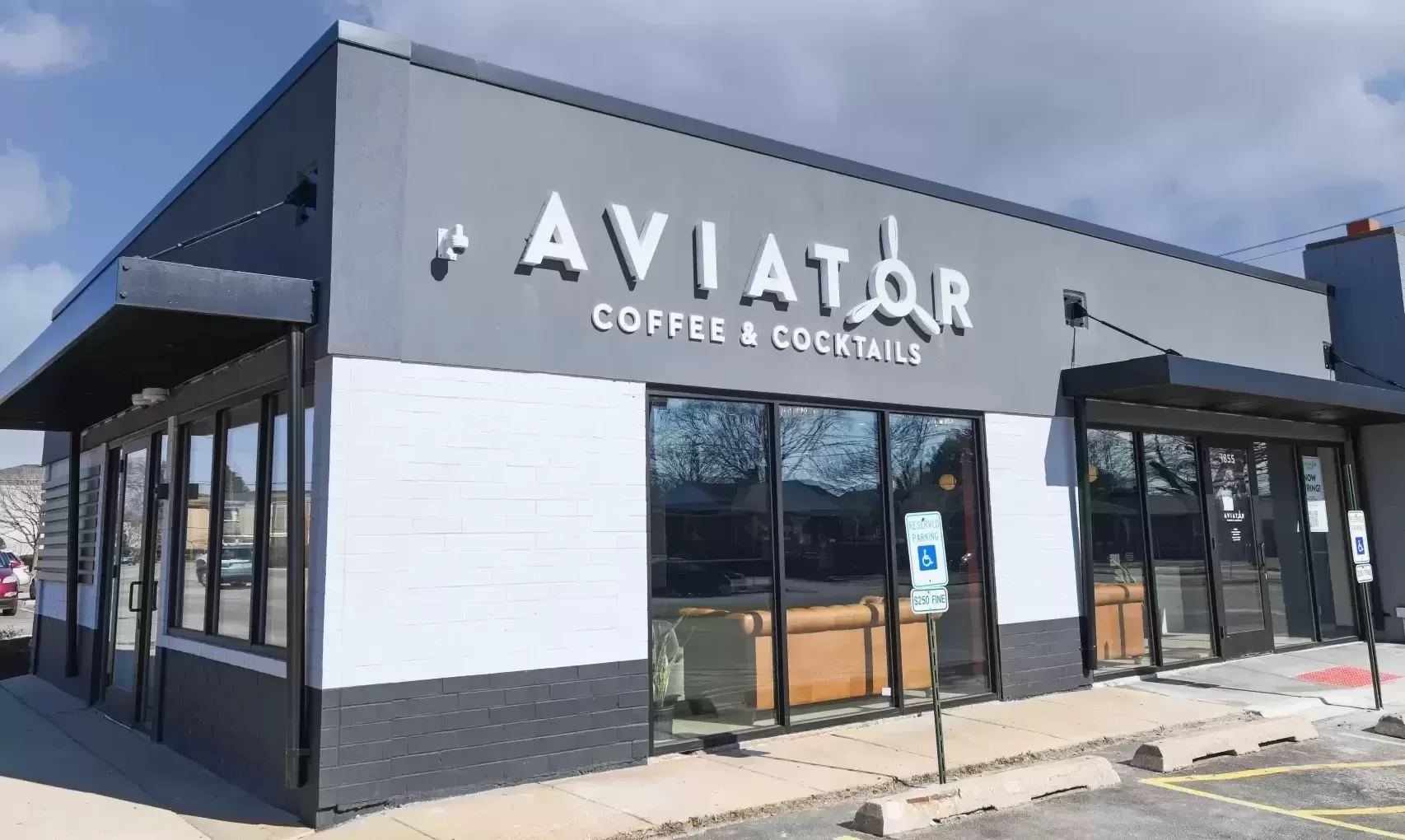
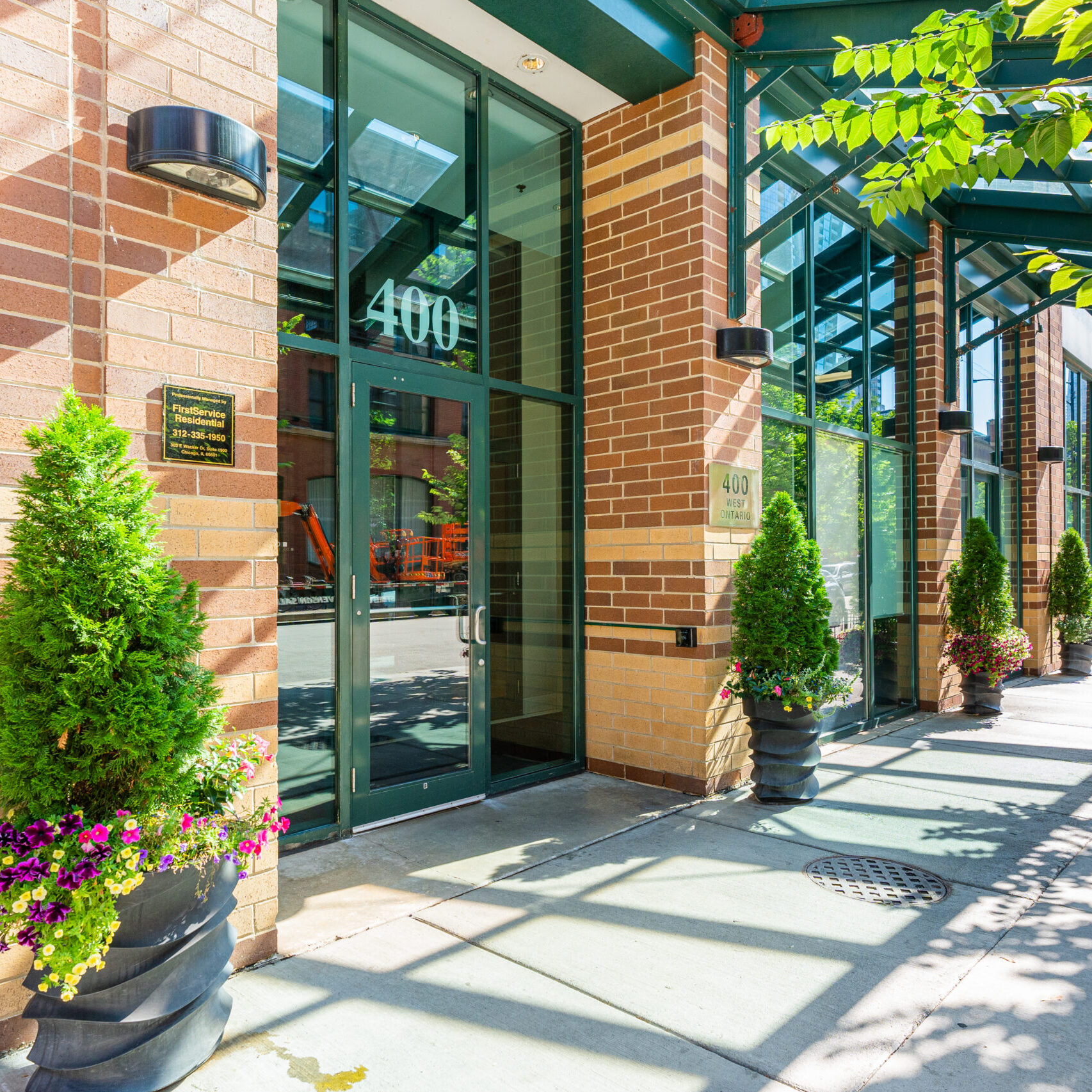
Understanding Curb Appeal
Making a good first impression is important, even for houses and buildings. That’s where curb appeal comes in – it’s all about making a property look its best from the outside. From the landscaping to the design and entryway, everything counts. Not only does it make homeowners feel good, but it can also attract potential buyers or visitors. Curb appeal sets the tone for the property and its overall character, making it a key factor in property maintenance and real estate marketing.
Definition of Curb Appeal: Curb appeal is the overall attractiveness of a property as viewed from the street, encompassing elements such as landscaping, exterior condition, and architectural features. It’s the overall appearance of the property and can include but are not limited to the elements to the right.
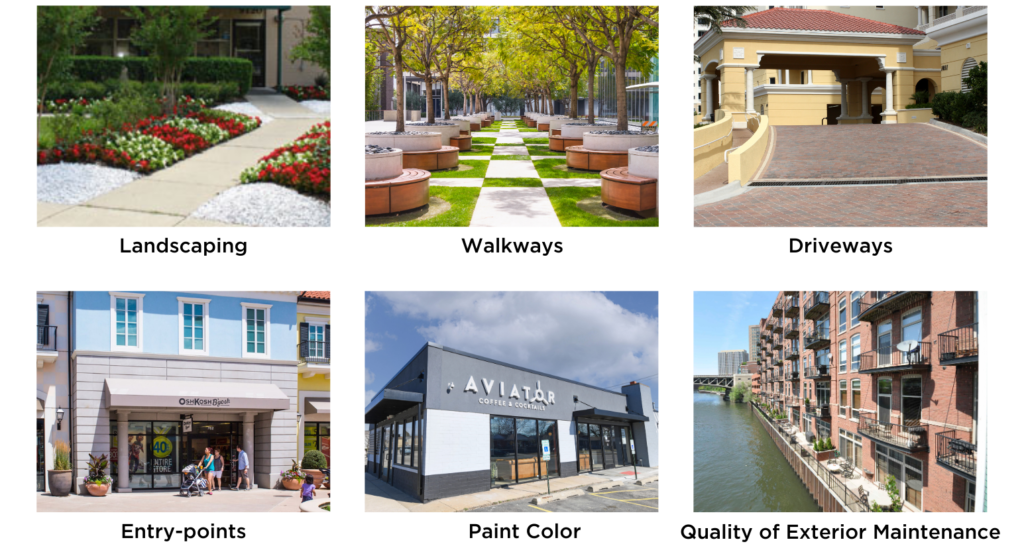
Financial Benefits of Curb Appeal
Property Valuation Increase: The more attractive a property looks from the outside, the more likely it is to generate interest and command a higher price. Appraisers take curb appeal into account when assessing property worth, using it as a crucial factor in determining the property’s overall value. A well-maintained exterior, with features such as a well-manicured lawn, clean windows, and a fresh coat of paint, can significantly enhance a property’s curb appeal and increase its market value.
Higher Rental Rates and Occupancy: Properties with strong curb appeal typically experience higher demand, allowing landlords to justify premium rental rates. Additionally, properties with high curb appeal tend to have lower vacancy rates, as tenants are more likely to renew leases and recommend the property to others.
A study by Virginia Tech found that homes with good landscaping and curb appeal sold for 5.5% to 12.7% more than homes with average or poor landscaping.
Another study by Michigan State University found that a well-manicured exterior increased the perceived value of a home by 5% to 11%.
The Journal of Real Estate Finance and Economics found that curb appeal accounts for up to 7% of a property’s sale price.
Numerous studies have investigated the correlation between curb appeal and property value, consistently finding a positive relationship between the two variables. These studies provide empirical evidence supporting the importance of investing in exterior aesthetics.
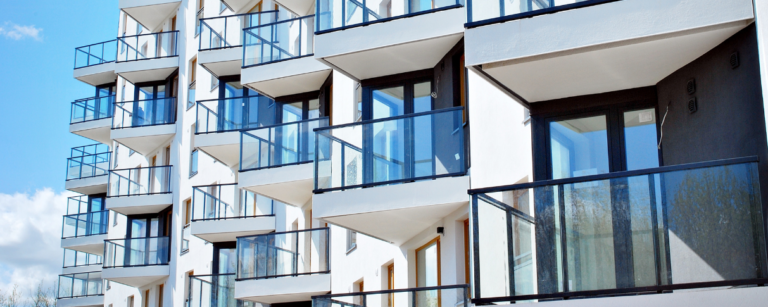
The Power of Exterior Painting
Exterior painting can make a huge difference in how your building looks. It’s not just about giving it a fresh coat of paint, but it can also transform old buildings, improve the overall appearance, and give your property a new identity. Let’s take a look at how exterior painting can make your property look better:
- Color psychology: Colors evoke specific emotions and perceptions, making them a powerful tool in influencing how people perceive a property. Thoughtful color selection can convey a sense of warmth, sophistication, or modernity, aligning with the property’s branding and target demographic.
- Finishes and textures: From matte to glossy finishes, each option creates a distinct visual effect, allowing property owners to customize the look and feel of their buildings to suit their vision.
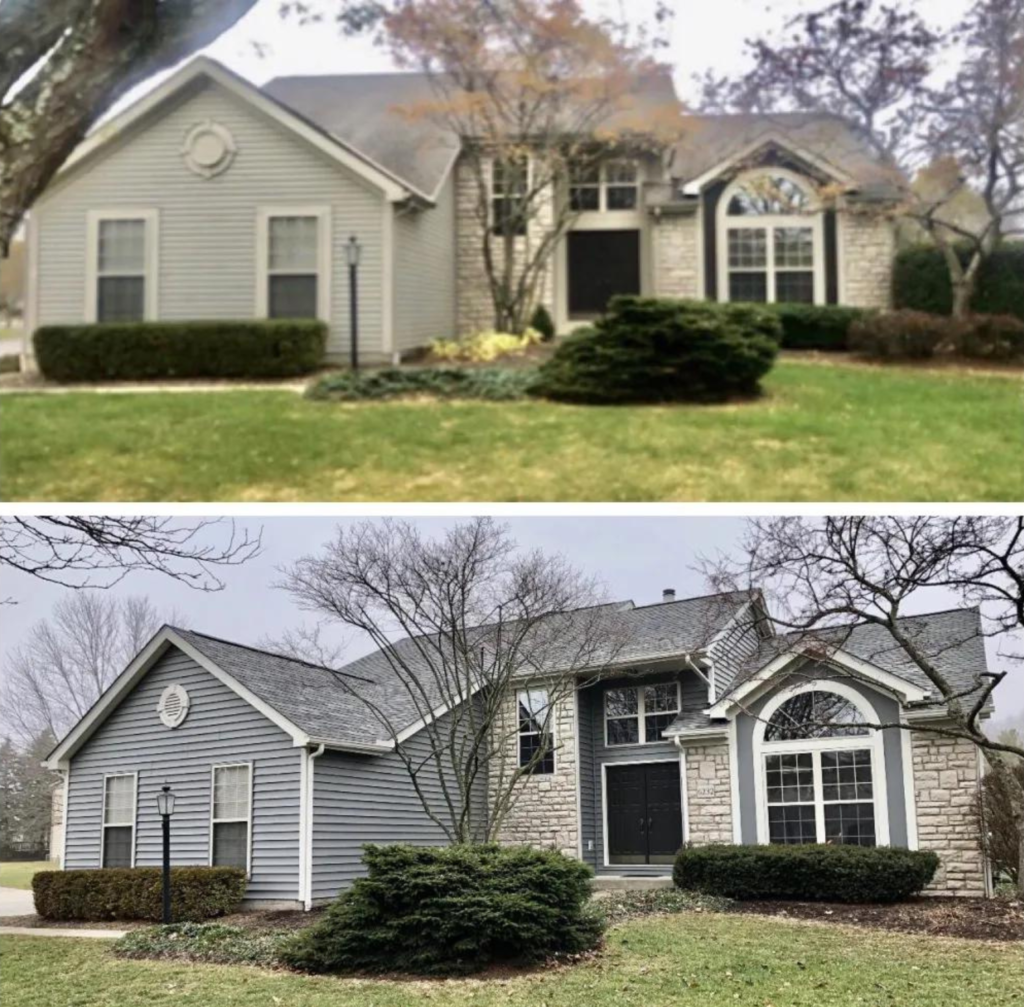
- Combatting weathering and wear: Exterior surfaces are constantly exposed to harsh elements such as sunlight, rain, and pollutants, leading to gradual deterioration. In Chicago, caring for your building is made that much more difficult because of our harsh conditions. Painting provides a protective barrier against these elements, shielding the building from moisture intrusion, UV damage, and corrosion.
- Addressing structural issues: Painting presents an opportunity to identify and address underlying structural issues such as cracks, rot, or termite damage. By addressing these issues proactively, property owners can mitigate further damage and extend the lifespan of their buildings.
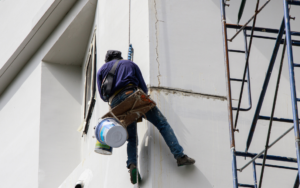
- Reflecting property management’s care: A well-maintained exterior communicates to tenants and visitors that the property is diligently cared for by its management. It instills confidence in tenants, assuring them of a high standard of living and maintenance.
- Reinforcing branding and identity: Exterior painting allows property owners to strengthen their brand identity and distinguish their properties from competitors. Consistent color schemes and design elements across buildings create a unified and recognizable aesthetic, enhancing the real estate’s marketability and memorability.

Factors to Consider Before Painting
Before you dive into painting the outside of your property, you want to make sure you do a solid assessment and keep a few factors in mind to make sure it turns out great. If you work with a general contractor like IOC Construction, they can help guide you through these choices and remove most of the dreaded “decision fatigue.”
Here are the key factors to consider before painting:
Property Assessment and Planning
- Inspection of Exterior Surfaces: Conduct a comprehensive assessment of the property’s exterior surfaces to identify any signs of damage, deterioration, or structural issues. Pay attention to areas such as siding, trim, doors, windows, and architectural features.
- Prioritization of Painting Needs: Determine which areas require immediate attention and prioritize them accordingly. Focus on addressing critical issues such as peeling paint, cracks, or water damage before proceeding with cosmetic enhancements.
Color Selection and Design Considerations
- Architectural Style and Surroundings: Consider the building’s architectural style and its surroundings. Opt for colors that complement the existing landscape, neighboring properties, and the area’s overall aesthetic.
- Resident Preferences and Market Trends: Consider current and future resident preferences and trending colors. Combine timeless appeal with contemporary trends for a visually attractive and marketable exterior. To learn about target markets and trends, click here.
Budgeting and Financial Planning
- Cost Estimation: Working with a general contractor can help you develop a detailed budget for all expenses associated with the painting project, including materials, labor, equipment rental, and unforeseen contingencies.
- Long-Term Investment: Consider painting as a long-term investment in the property’s maintenance and value. Prioritize quality materials and workmanship to achieve durable and lasting results that minimize the need for frequent repainting
By carefully considering these factors before undertaking an exterior painting project, you can streamline the process, mitigate potential challenges, and maximize the impact of your investment in enhancing curb appeal.
To Sum It Up…
Curb appeal serves as the gateway to attracting residents, driving property value, and fostering a sense of pride among stakeholders. Throughout this guide, we’ve explored the power of exterior painting as a cornerstone of enhancing curb appeal and revitalizing multifamily properties.
As you think about your next steps in property enhancement and maintenance, we encourage you to consider the potential of exterior painting. By prioritizing curb appeal and leveraging the expertise of professional painters, you can unlock the full value of your property. Exterior painting is a smart investment that can pay off in the long run.
Remember: curb appeal isn’t just about aesthetics—it’s about creating spaces that people are proud towork in and call home. These spaces should inspire a sense of belonging and community.
